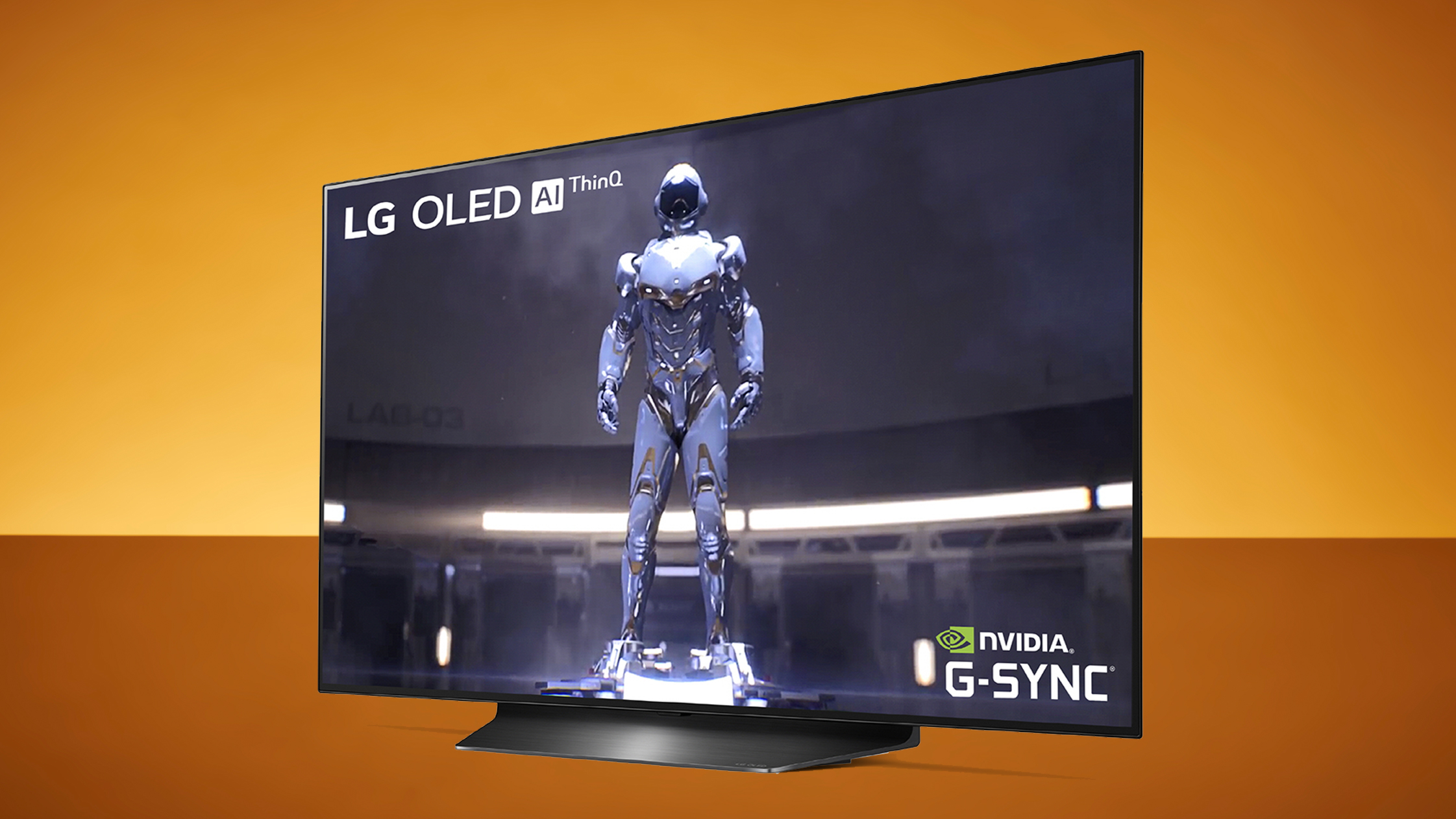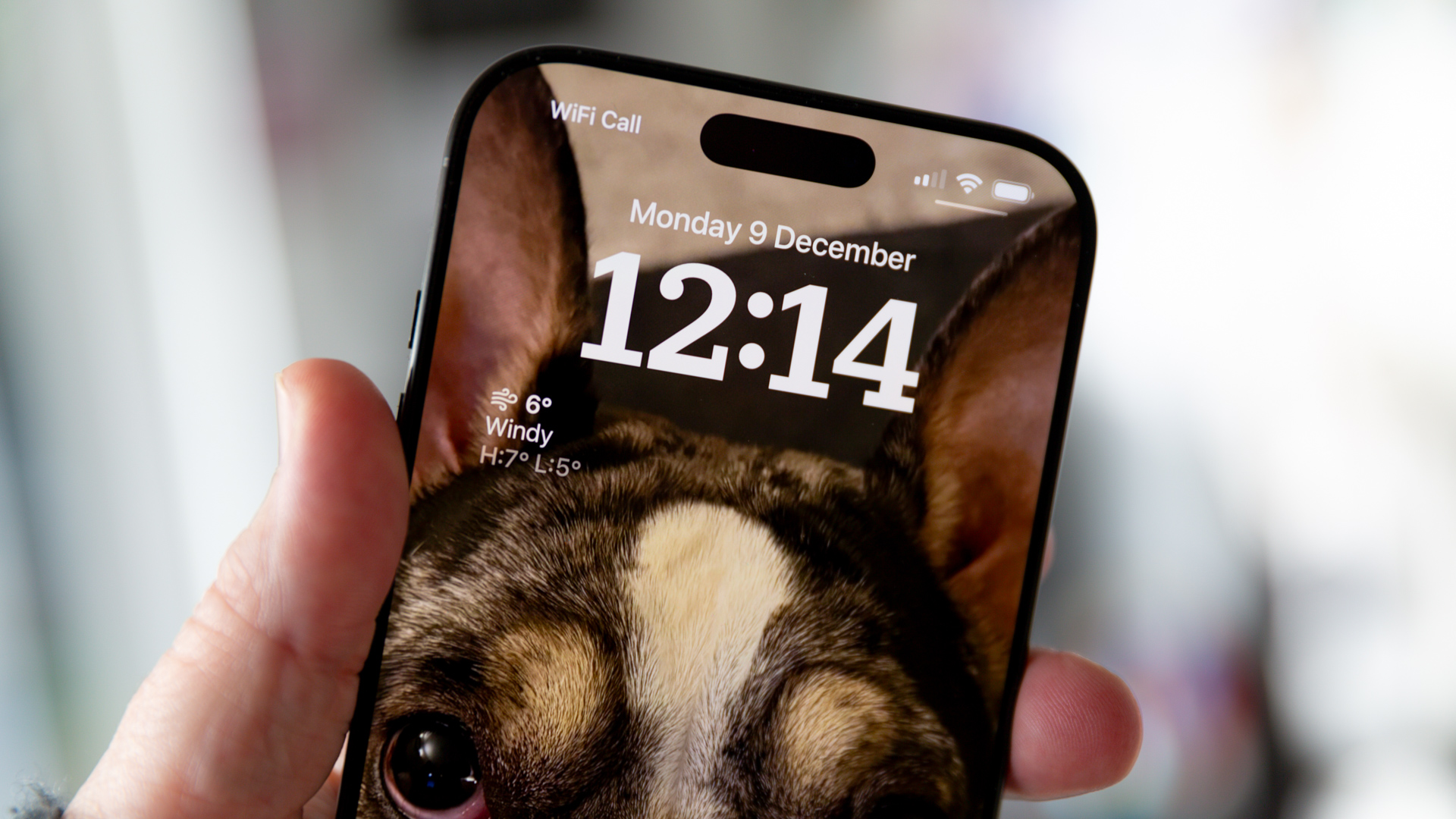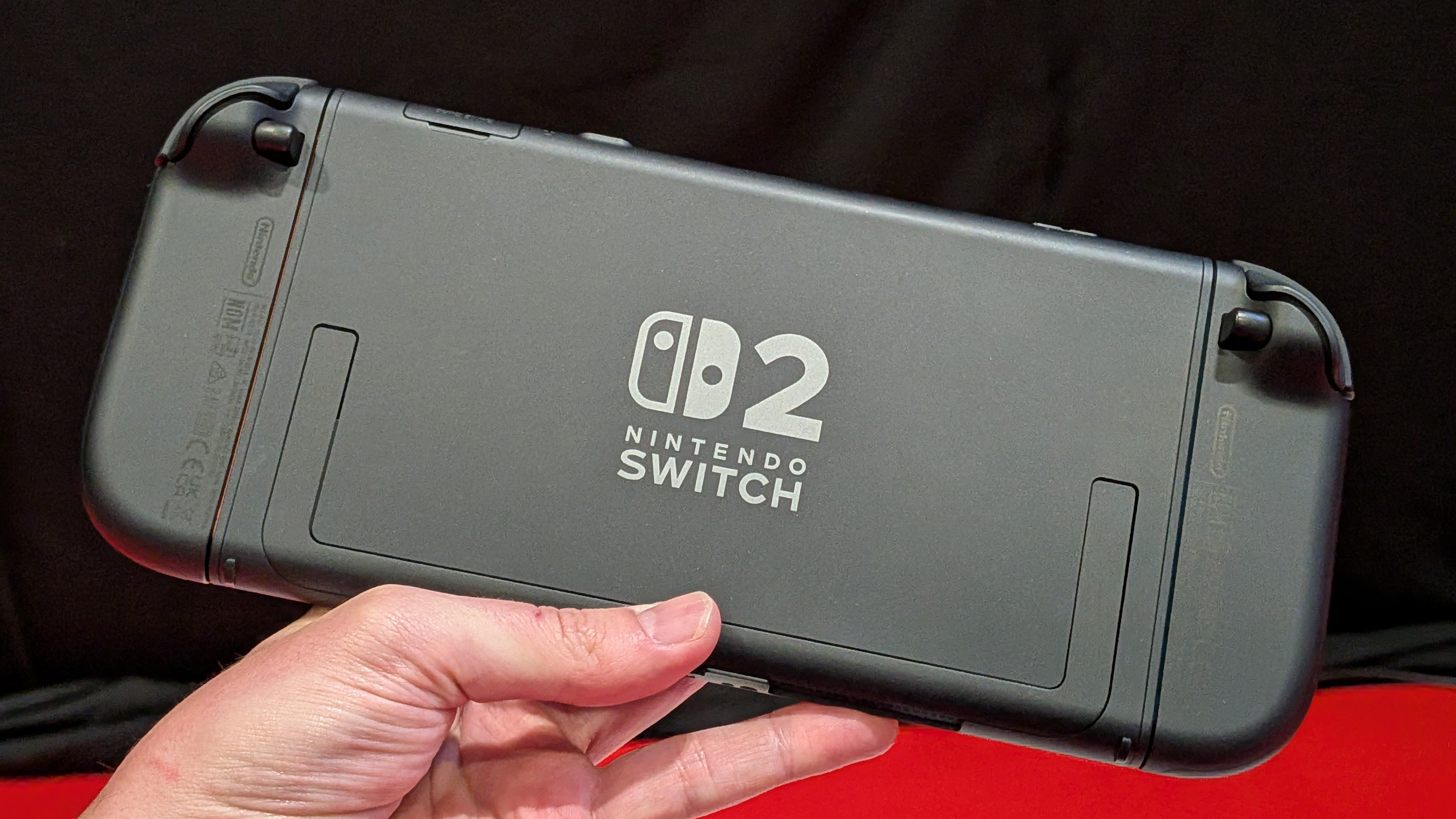

OLED TVs have been a dominant force at the premium end of the TV market for years, thanks to their ability to show essentially infinitely deep black levels, and to contrast those with bright areas of colour on a per-pixel basis. With HDR content, it means the best OLED TVs feel so close to how the eye sees something in real life, without any of the telltale backlight bleeding from bright to dark areas that LCD TVs suffer with.
That's a big part of why they've been a strong choice for enthusiasts for so long, and coupled with the technology's ability to refresh incredibly quickly, it should be an ideal choice for gaming (especially with PlayStation 5 and Xbox Series X coming soon to offer even more fancy features).
But OLED has always had one significant drawback that pops up in reviews that could be of concern to anyone, but particularly for gaming: image burn-in.
If a logo or a similar graphical element is on-screen for a really long time – if you had the TV playing the same news channel all day, for example, or if you played the same game with an unmoving HUD for hours and hours every day – then you could find that a ghostly version of that logo appears on everything you watch.
However, burn-in has become more of a theoretical threat than a practical one, thanks to some simple techniques and clever uses of the same image analysis software that powers the processing of TVs.
Here's how OLED TVs have cooled down the danger of burn-in…
- Meet the best TVs of all kinds (including lots of OLEDs)
- An OLED set tops out picks of the best gaming TVs
- You can even find an OLED set in the best TVs under £1000
- Though if you want the best TVs under £500, it's all LCD
OLED TV anti-burn-in techniques
The latest and greatest way to beat burn-in is via selective dimming of the OLED screen purely where a logo is, if it's been on the TV for a while.
Sign up to the T3 newsletter for smarter living straight to your inbox
Get all the latest news, reviews, deals and buying guides on gorgeous tech, home and active products from the T3 experts
This approach is being used by LG in its 2020 TVs, including the LG CX and LG GX, and will be used by Philips in future OLED TVs – we've already seen it in action at a tech demo.
The TV can identify when there's an element that's static, and gently lowers the brightness of the pixels with the logo on (on those in very close proximity). By toning down the logo, the likelihood of the image being burned in is massively lowered – super-simple, and promises to be super-effective.
In LG's case, it wait for two minutes before it starts dimming, and then lowers the brightness by up to 20%, over the course of around 90 seconds. It then stays at the lower brightness.
It doesn't affect your viewing experience at all, partly because it's a pretty subtle effect to the eye, but also because it's rare to pay any attention to the area around a logo anyway – even in games, your attention will mostly be elsewhere, and you'll only look for a glance at the information when needed.
This isn't the only approach, though: some OLED TVs already could detect logos that have been on screen for a long time, and adjust brightness to help avoid burn-in – but for the whole screen, not just the area with the logo. This is obviously a bit heavy-handed, hence the development of new options.
Other approaches (this one is used by Sony on TVs such as the Sony A8, for example) include offsetting the image when it detects the potential for a logo to burn in – it very slightly shifts the whole image on the TV, so that the pixels aren't in exactly the same place the whole time.
OLED TVs also include some measures to help avoid burn-in by managing the TVs in other ways – Philips says that its TV do some background work while on standby to keep the pixels in top condition (so you shouldn't turn its TVs off totally, not that many people do these days).
Sony, meanwhile, notes that there's a pixel refreshing tool built into its sets, which should help push it back to top performance if you do see image retention – though it recommends not running this more than once per year, because overuse could actually damage the panel itself. It's very much an option for if you've got problems, rather than a piece of regular housekeeping.
In the kind of normal use that over 99% of people will engage in with a TV, burn-in isn't a problem that is likely to rear its head at all.
If you're still anxious about it, or worry that your use is in the bracket where it could come up, you can also manually adjust the brightness of the set down a little, which will also make it less likely to come up even when pushing the set.
You could also buy an LCD TV instead, of course – QLED sets are popular as a premium alternative to OLED, and don't have any issue with burn-in at all, but as we mentioned, the way they product images is different, and OLED remains so popular with enthusiasts for a reason. We've got a whole piece on OLED vs QLED if you want to know more.
- The best 32-inch TVs – perfect for bedrooms and offices
- The best 43-inch TVs – great entry-level 4K sets
- The best 48- to 50-inch TVs – beautiful mid-size 4K TV sets
- The best 55-inch TVs – premium TVs that still fit most living rooms
- The best 65-inch TVs – beautiful big-screen TVs
- The best 75-inch TVs – giant 4K and 8K TVs packed with features
Matt is T3's former AV and Smart Home Editor (UK), master of all things audiovisual, overseeing our TV, speakers and headphones coverage. He also covered smart home products and large appliances, as well as our toys and games articles. He's can explain both what Dolby Vision IQ is and why the Lego you're building doesn't fit together the way the instructions say, so is truly invaluable. Matt has worked for tech publications for over 10 years, in print and online, including running T3's print magazine and launching its most recent redesign. He's also contributed to a huge number of tech and gaming titles over the years. Say hello if you see him roaming the halls at CES, IFA or Toy Fair. Matt now works for our sister title TechRadar.

